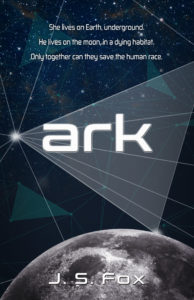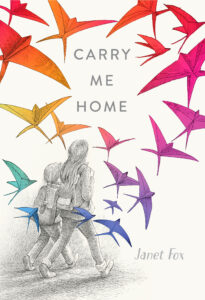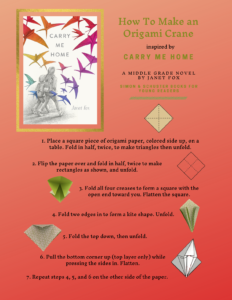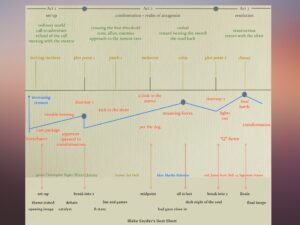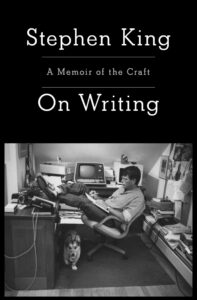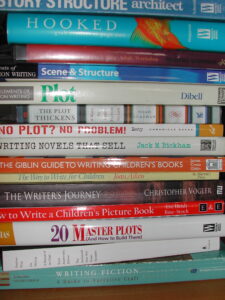Confession: I think theme is the hardest thing to define when writing a story.
Often I don’t know the true story theme until I’m well into revision. What’s that you say? How can I write a novel without knowing what I’m writing about?
Great question.
Starting With Character
Honestly, I think all great stories are about the main character, their external and internal arcs, their emotional trajectory in particular (for more on that, see this post). Without seeing emotion on the page, without an understanding of what the character wants and how they set about getting it, most of us will not read on.
But every story must have a point, and as the author it’s incumbent upon me to find it, define it, and make it clear.
A few weeks ago I talked about the “Beat Sheet” in Save The Cat. Number 2 on the Beat Sheet list is “theme stated”, and it occurs on page 5 of a screenplay, which equates roughly to page 10-15 of a novel. So, if I don’t know what my story is about, how can I place that all-important theme or point on the page?
The good news is, that can come with revision. The bad news is – it must be found.
Defining the Point
I will need to know what I’m trying to say when I write a new novel, but for me, for my process, that often means getting something on the page first. Many (not all) of my ideas come from an image or a scene that pops into my head and resonates. A lot of those images arise from my subconscious and usually that means in dreams. That was true for The Charmed Children of Rookskill Castle, which was formed around the image of the chatelaine, and children in magical jeopardy during World War 2. It wasn’t until I was well into writing that I recognized the theme, which is “The power is within you”.
And I will say this: themes can usually be expressed very simply, and often by cliché – such as “There’s no place like home”, or “You can’t judge a book by its cover”.
My newest work in progress just gained its theme, which is “Be the one who stands in the way of evil.” I found it while trying to summarize the story in a short 50 word paragraph (as in book jacket content) – a great exercise I highly recommend.
Hopefully you’ll be able to judge for yourself whether I’ve made that point.
How about you? When and how do you discover your story’s theme?

